Ešrefa O. BILIĆ
EŠREFA BILIĆ also known as ZBROJEVKA, daughter of OSMAN, born on April 18, 1923, in Mostar, a worker at the […]
Mostar Battalion was formed as the “Konjički” in September 1941. Until the formation of the 13th Herzegovina Brigade in May 1944, 827 fighters passed through the Battalion, and 445 of them perished, including 211 from Mostar. Of the 86 women, 43 were killed. Mostar residents also fought in many other units of the NOVJ (People’s Liberation Army of Yugoslavia) and among the ranks of the activists of the National Liberation War in Mostar and other cities in Bosnia and Herzegovina… According to the records of the organization SUBNOR Mostar, every third citizen was an activist of the National Liberation War, 670 fighters were killed, 1517 were victims of fascist terror, and 206 were civilian war victims. Džemil Šarac, article “Sa Mostarcima” (“With the People from Mostar”), Hercegovina No. 9, p. 221.
“And we were all young. Those of us who were 17, 18 years old, some seemed old even though they were not older than 25. The ones over 30 were rare. There were girls and boys with different characteristics and temperaments, robust and calm, talkative and silent, recklessly brave and rational, ordinary and above-average, semi-literate and university-educated, workers and highly skilled craftsmen, high school students and university students, skilled singers and those who couldn’t carry a tune, jokers and serious-minded individuals. From all our nations and religions: Muslims, Croats, Serbs, Jews, Orthodox Christians, Catholics, Muslims, Jews, atheists, and semi-atheists. Some were from straight from Mostar and others from the surrounding locations, from Konjic and outside Konjic.” (Hercegovina Magazine No. 7, p. 238)
Groups of new fighters arrived from Mostar every 10-15 days, and the Unit quickly grew into a solid military force. The guides for the groups from Mostar were Mehmed Arap, Vasa Maslo, Serif Burić, Husa Orman, Vojo Ivanišević, and Pero Krajina, who were among the bravest and most resourceful fighters. The groups regularly brought not only weapons but also medical supplies, sugar for the hospital, writing materials, large quantities of paper, books taken from the National Library (which formed the library at Borci), and other supplies for the needs of the Unit. (Source: https://www.cidom.org/wp-content/uploads/2017/11/Hercegovina-u-NOB-1.pdf)
After the war, a street in Mostar was named after the Mostar Battalion.
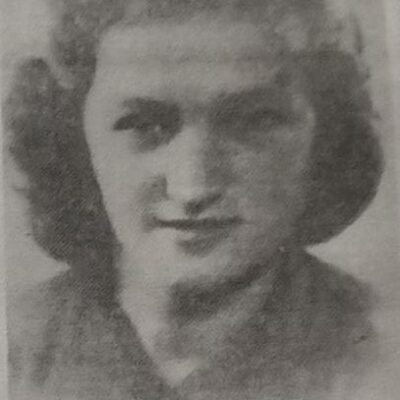
EŠREFA BILIĆ also known as ZBROJEVKA, daughter of OSMAN, born on April 18, 1923, in Mostar, a worker at the […]
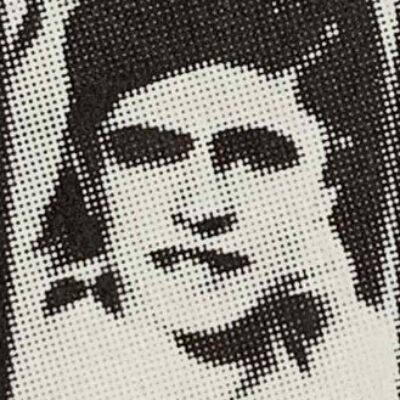
SALKO BIŠĆEVIĆ, son of SALIH, born on May 10, 1928*, in Mostar. He learned the trade of a locksmith. He […]
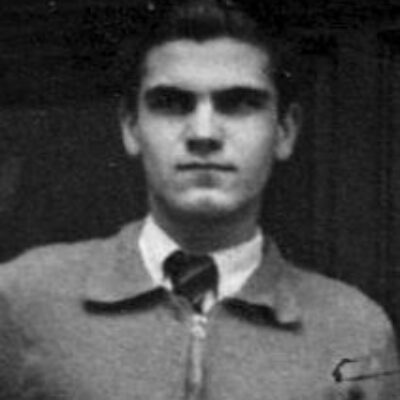
NEDJELJKO NEĐO BITANGA, son of RADOSLAV, born on April 14, 1918, in Mostar, auto mechanic, trade unionist, member of the […]

MUSTAFA BOBIĆ, son of BEĆIR, born in 1900* in Drežnica near Mostar. Merchant. Joined the People’s Liberation War and Partisan […]

ĐORĐO, ĐOKA BOROZAN, son of STOJAN, born on May 6 1923 in Vihovići near Mostar. Member of the League of […]
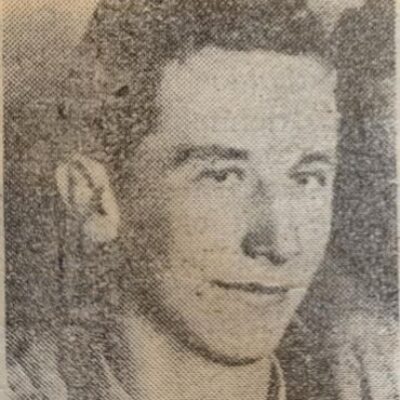
BRANKO BOŠNJAK, known as SELO, son of VLADO, born on April 12, 1920, in Bojišta near Nevesinje. Student at the […]

ŠEFKIJA ŠEFIK BOŠNJIĆ, son of ALIJA, born on September 12, 1914, in Mostar, a locksmith and a pre-war activist of […]

REMZIJA BRKIĆ REDŽO, son of MUHAREM, born on May 20, 1922, in Mostar, a butcher, a member of the League […]

OSMAN BRKIĆ BUBREG, son of MUHAMED, born on May 15, 1915, in Mostar, locksmith, member of the Communist Party of […]
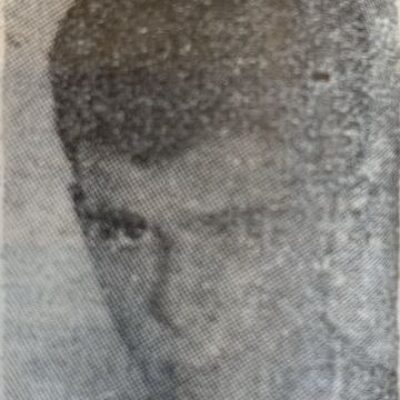
HIVZIJA HIVZA BRKIĆ, known as BAUK, son of MUHAMED, born on January 18, 1920, in Mostar. Student of agronomy in […]